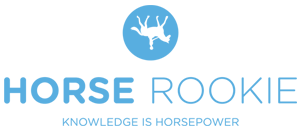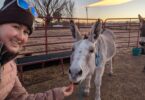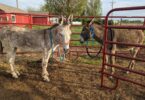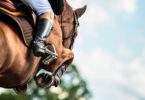Improving via Good Planning
Before you think this post is just for riders with years of experience, think again! All riders, from novice to experienced, can benefit from honing their goals in training. Goal-setting will greatly enhance your experience in horsemanship as you see victories you never thought possible through hard work, dedication, and a driven purpose. Read on for five ways to boost your training program.
1. Have one
It’s so simple, right? But I can’t tell you how many times I have been frustrated with my horse’s lack of progress, when I never enacted a plan in the first place, nor compared my success to a measurable goal.
Then I would wonder why my horse wasn’t as far along in his training as I hoped he would be. I realized in retrospect that our work outs were willy-nilly, inconsistent, and lacked some serious focus. All of these are a recipe for a confused, frustrated horse and a discouraged rider.
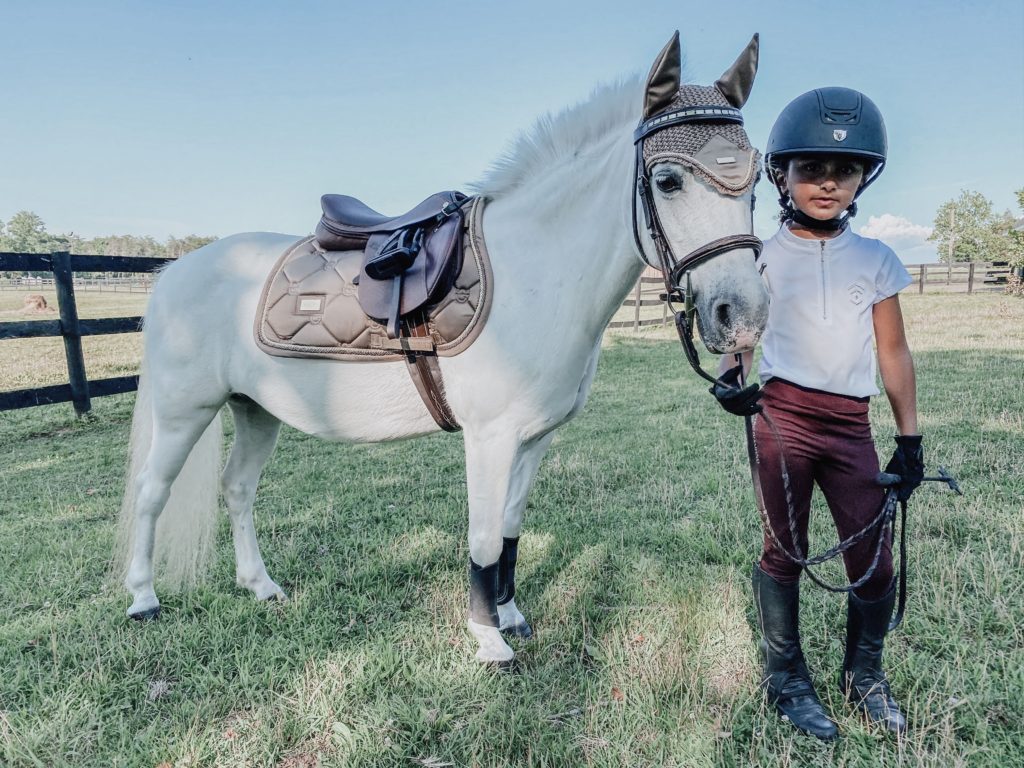
Credit: Johanna & Bunny
2. Be realistic
I’m not expecting that my horse will be a trick pony who I can ride bareback and bridle-less along the beach anytime soon. Nor do I expect an older horse to be able to develop the muscle to be a Grand Prix show jumper.
When setting goals for your horse, consider your experience level, as well as the horse’s past training, age, and build. You also want to take precautions with based on any prior injury. For example, be cautious with a horse who tends towards lameness. Consult your veterinarian about workout frequency and duration, as well as extra measures to take for workout recovery.
Consider your horse’s muscular development in your goal timeline.
Horses with minimal muscle tone won’t be able to bend very well at first, and you will need to make allowances for them to build their muscle up with lower-strain workouts and then build on that.
If your horse can’t trot a tight circle without whipping his back end out to the rail, start with just a half-arena circle and work your way smaller from there. It is much better to take your time while your horse works up to the desired strength level than to push an injury that could have your steed out for several months.
3. Set clear goals
Without drive and focus, there is no follow through. In this step, first visualize where you want to see your horse within the next three, six, or twelve months. What does your success look like and feel like? Can you see their new performance level in your mind? Or perhaps it’s a bond you are trying to develop with your furry companion. What will that connection look like?
Even more important than your end goal are the definitive milestones that lead to your big success. These are insanely valuable, because as you measure your accomplishments towards the end goal, you will be encouraged and energized to keep going, even if you hit roadblocks.
This will translate one hundred percent to your horse’s training experience as well. They will pick up on your elation and continue to work for your praise.
You want these milestones to be at least as clear as your end goal. How will you measure your steps to success along the way?
Say your horse swings away from the mounting block every time you try to hop on. Of course, your end goal for him is to stand still and relaxed while you are mounting him, and to stay still until you ask them to move forward.
Your milestones, then, would be for him to stand still at the mounting block as you:
- Toss the block around him making noise
- Walk up and down the steps
- Lift the reins
- Get your weight in one stirrup
- Swing your leg over and sit.
The idea of measuring your success in steps is that you break your end goal into smaller, more manageable goals for you and your horse.
Write your goals down in a personal bullet journal or on a whiteboard in your tack room. Take notes on how your horse did each time you worked with him. Reflect on what went well and what didn’t, and re-read your journals to see if there’s a pattern you can correct in your approach or an issue that needs more attention before continuing towards your goal.
4. Call in the experts
Many of us horse fanatics begin our journey by taking lessons. After horse ownership, however, I have noticed that more horsemen and horsewomen keep to themselves. Having an outside perspective to listen to can be very helpful, because the observer can see things you cannot when working so closely with the project. Who you choose to be your observer can accelerate your troubleshooting and training.
Most of us have received plenty of (sometimes unwarranted) advice. An untrained eye can point out symptoms easily. Someone with expertise in the field you are training in could give you a diagnosis and tips on how you can be a better rider and handler, streamlining all future training efforts.
If your expert can’t make it to the barn, have someone record you on video working with your horse and send it to them. You can watch it, too, and maybe figure it out by being your own observer!
There are also plenty of resources on the internet and in print on training methods and philosophies. One word of caution though:
Stay away from any training method that heavily relies on force vs. teaching the horse.
You always want to be working with your horse, not against your horse, to accomplish your goals.
 5. Celebrate!
5. Celebrate!
Don’t gloss over your victories too quickly! Believe it or not, it is easier to forget our successes more quickly than our failures. Make an extra effort to praise your pony when they do well, and give yourself a pat on the back, too.
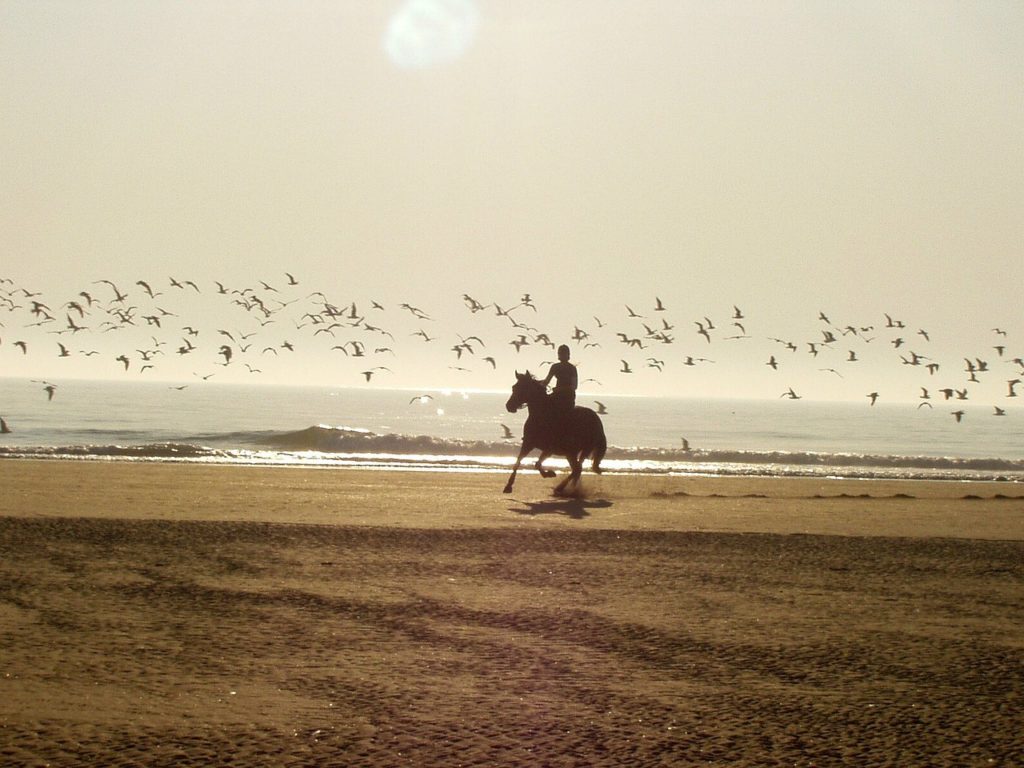
Photo Credit: Pexels
Even if you have trained another horse in the exact same task, this horse almost certainly presented a different personality and different challenges.
Not only did you learn immensely in the process, you also established a greater bond with your horse. Reinforce the glory moments so that you and your horse are both more motivated to reach higher heights in your training journey. Your horse will thank you.
Frequently Asked Questions
How do you train a horse to ride?
There are numerous training methodologies used to teach a horse to carry a rider. They all have a few things in common, however.
To begin with, the horse is typically worked on the ground in order to understand how to go forward and stop when a person asks them to. Then, they are taught that carrying weight on their back (from both a saddle and a rider) is no big deal. Finally, with a rider on their back, horses are taught how to respond when the rider uses their aids (reins, legs, seat, etc.) in certain ways.
Should you rely on a horse trainer?
If you’ve never trained a horse before, finding someone who can train your horse and you is ideal. But every horse trainer does things a little differently, and you might not be comfortable with the methodology of the first trainer you try.
Keep in mind that anyone can call themselves a “horse trainer.” It’s best to trust people who seem to have healthy, happy horses that respond willingly. Watch the trainer work and ask questions about what they’re trying to achieve with the horse and why.
Don’t be afraid to read books, watch videos, and learn new tidbits from every source rather than relying on the word of just one trainer.
What are some horse training basics?
You need to understand how to effectively communicate one crucial idea to your horse: “Yes, that was wonderful, please do that again!”
A common way to do this is with a release of pressure, since horses communicate this way with each other. A pressure release might involve loosening up on your reins, not squeezing your legs, or literally walking away from your horse to give them more space.
The better you get at telling your horse “yes!” exactly when they’ve done the right thing, the more effective your training will be. Likewise, telling your horse “NO!” is also important, especially when they do something dangerous.
When should you start training a horse?
Horse training can start at birth through a process called imprinting, which involves touching the foal all over to help them get used to the sensation and human interaction.
Foals, as they grow, are quickly introduced to halters, the concept of leading, desensitization to new sights and sounds, and important tasks like picking up their feet for the farrier.
Regardless of the earliest training items, horses need to spend at least two years developing strong bones and muscles before they are worked strenuously or are expected to carry weight on their backs.
How do you tune-up your horse?
Horses have great memories, but they can still get a little rusty with prior training if they aren’t asked to work consistently. A tune-up is a relatively quick run-through of their training to identify any weak areas.
Start with the basics and ensure your horse remains responsive and respectful with the easiest exercises, like leading, before putting him through his paces. If anything seems challenging, stop and work on it before continuing with harder tasks. Spread the tune-up out over several weeks rather than rushing through everything at once.
P.S. Enjoy this article? Trot on over to:
- 9 Best Online Horse Training Courses for Goal-Getters
- Shelby Dennis: Best Horse Riding Advice & Biggest Rookie Mistakes
- Western FAQ: What Exactly Is a Bridle Horse?
- 3 Riders on Equestrian Bullying (And What You to Do About It)
- Fight the Fidget: Teach Your Horse to Stand Still
- Harriet Upton: From Junior Team GB to Riding for the Queen
- Horse Jumping Tips Beginners Can Put Into Practice Today
- 3 Creative Ways to Afford Horse Riding Lessons
